Which of the following is not aromatic?
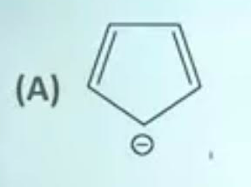
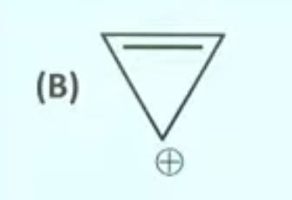
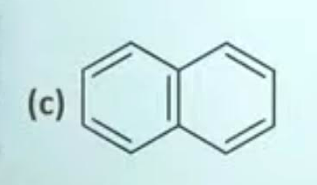
None of these
To determine which of the given compounds is not aromatic, we need to apply the criteria for aromaticity. Aromatic compounds must satisfy the following conditions:
1. Hückel's Rule: The compound must have 4n+2 π electrons, where n is a non-negative integer.
2. Planarity: The compound must be planar, allowing for overlap of p-orbitals.
3. Conjugation: The compound must have a conjugated system of alternating single and double bonds.
Now, let's analyze each compound step by step to check if they meet these criteria.
Step 1: Analyze the first compound
- Count the π electrons.
- Check if it satisfies Hückel's rule.
- Determine if it is planar and has a conjugated system.
Solution for the first compound:
- Let's assume it has 6 π electrons (for example, benzene).
- n=1 gives 4(1)+2=6, which satisfies Hückel's rule.
- It is planar and has a conjugated system.
- Conclusion: This compound is aromatic.
Step 2: Analyze the second compound
- Count the π electrons.
- Check if it satisfies Hückel's rule.
- Determine if it is planar and has a conjugated system.
Solution for the second compound:
- Assume it has 2 π electrons (like cyclobutadiene).
- n=0 gives 4(0)+2=2, which satisfies Hückel's rule.
- It is planar and has a conjugated system.
- Conclusion: This compound is aromatic.
Step 3: Analyze the third compound
- Count the π electrons.
- Check if it satisfies Hückel's rule.
- Determine if it is planar and has a conjugated system.
Solution for the third compound:
- Assume it has 10 π electrons (like naphthalene).
- n=2 gives 4(2)+2=10, which satisfies Hückel's rule.
- It is planar and has a conjugated system.
- Conclusion: This compound is aromatic.
Step 4: Analyze the fourth compound
- Count the π electrons.
- Check if it satisfies Hückel's rule.
- Determine if it is planar and has a conjugated system.
Solution for the fourth compound:
- Assume it has 4 π electrons (like cyclobutadiene).
- n=1 gives 4(1)+2=6, which does not satisfy Hückel's rule.
- It may not be planar or have a conjugated system.
- Conclusion: This compound is not aromatic.
Final Conclusion
After analyzing all the compounds, the fourth compound does not meet the criteria for aromaticity and is therefore the correct answer.
---
2. Planarity: The compound must be planar, allowing for overlap of p-orbitals.
3. Conjugation: The compound must have a conjugated system of alternating single and double bonds.
- Count the π electrons.
- Check if it satisfies Hückel's rule.
- Determine if it is planar and has a conjugated system.
- Let's assume it has 6 π electrons (for example, benzene).
- n=1 gives 4(1)+2=6, which satisfies Hückel's rule.
- It is planar and has a conjugated system.
- Conclusion: This compound is aromatic.
- Count the π electrons.
- Check if it satisfies Hückel's rule.
- Determine if it is planar and has a conjugated system.
- Assume it has 2 π electrons (like cyclobutadiene).
- n=0 gives 4(0)+2=2, which satisfies Hückel's rule.
- It is planar and has a conjugated system.
- Conclusion: This compound is aromatic.
- Count the π electrons.
- Check if it satisfies Hückel's rule.
- Determine if it is planar and has a conjugated system.
- Assume it has 10 π electrons (like naphthalene).
- n=2 gives 4(2)+2=10, which satisfies Hückel's rule.
- It is planar and has a conjugated system.
- Conclusion: This compound is aromatic.
- Count the π electrons.
- Check if it satisfies Hückel's rule.
- Determine if it is planar and has a conjugated system.
- Assume it has 4 π electrons (like cyclobutadiene).
- n=1 gives 4(1)+2=6, which does not satisfy Hückel's rule.
- It may not be planar or have a conjugated system.
- Conclusion: This compound is not aromatic.
After analyzing all the compounds, the fourth compound does not meet the criteria for aromaticity and is therefore the correct answer.
Topper's Solved these Questions
Similar Questions
Knowledge Check
Which of the following is non-aromatic?
ABenzeneBTropylium cationCCyclopentadienyl anionDCyclooctatetraeneWhich of the following is anti aromatic ?
A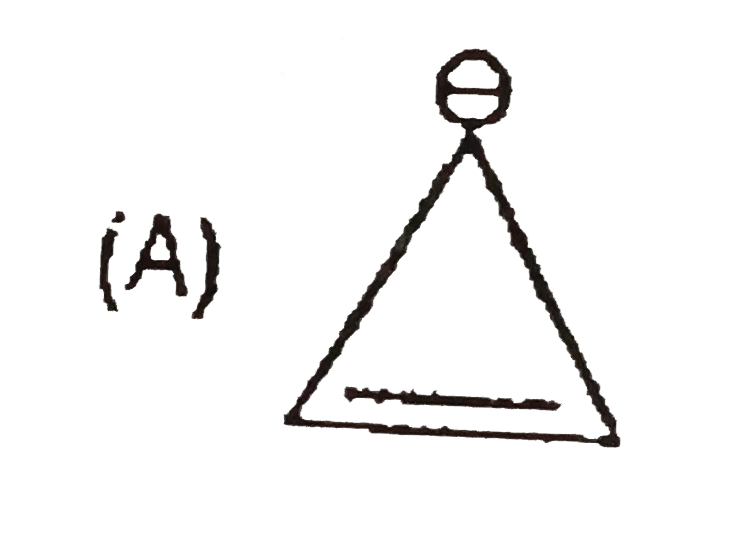 B
B C
C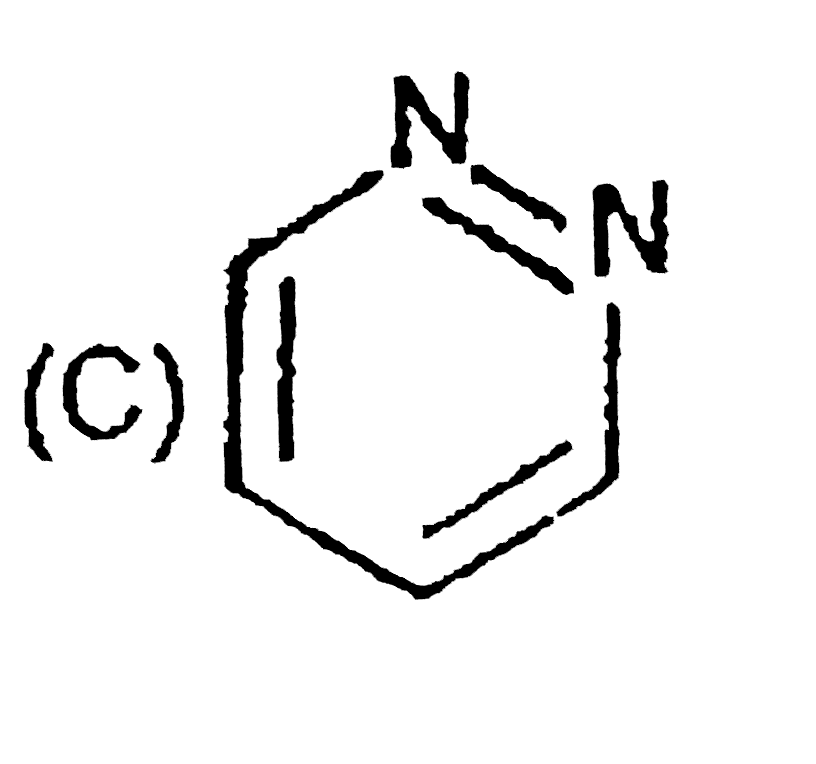 D
D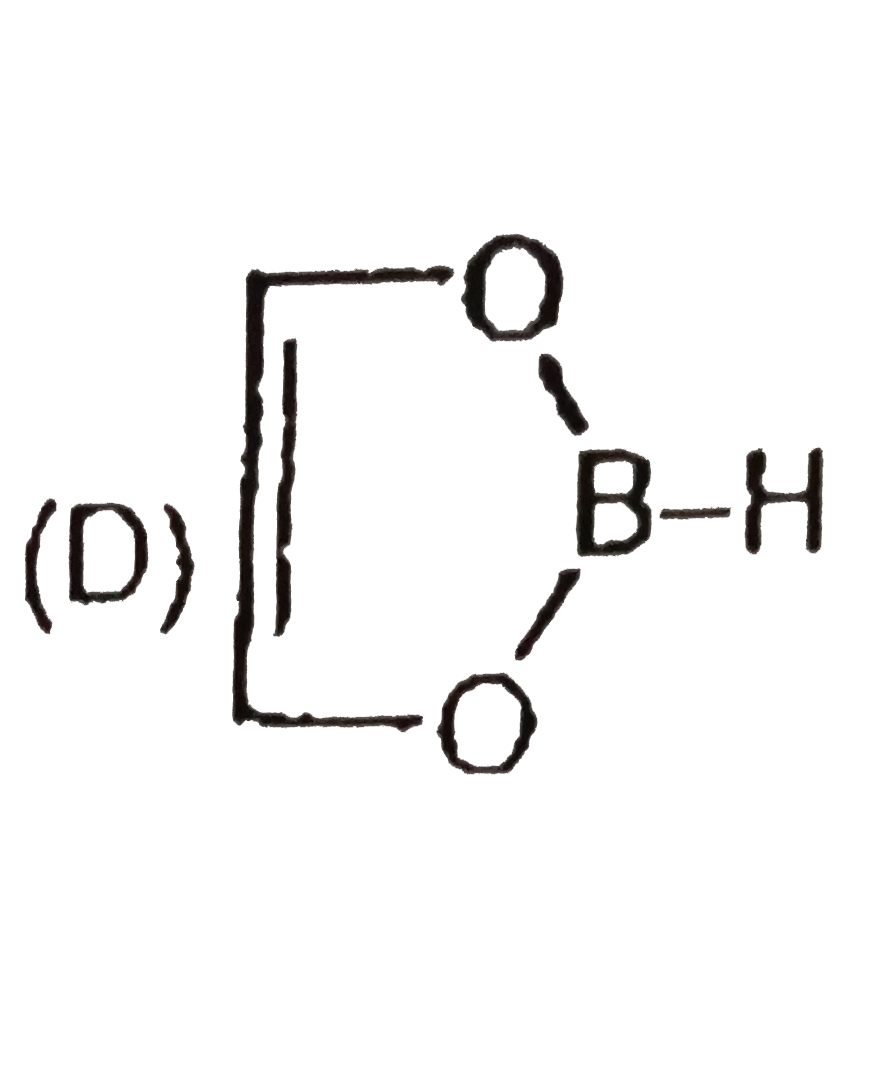
Which of the following in not aromatic in nature?
A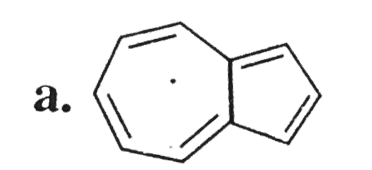 B
B C
C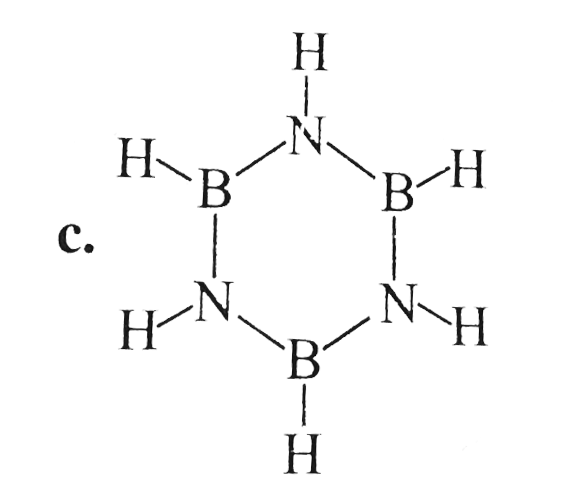 D
D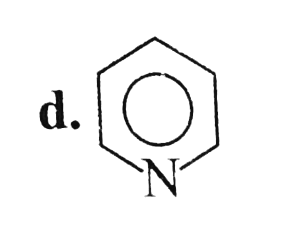
Which of the following is an aromatic compound ?
View SolutionWhich of the following is non aromatic compound
View SolutionWhich of the following are not aromatic?
View SolutionWhich one of the following is an aromatic compound ?
View SolutionWhich of the following is an aromatic species ?
View Solution
